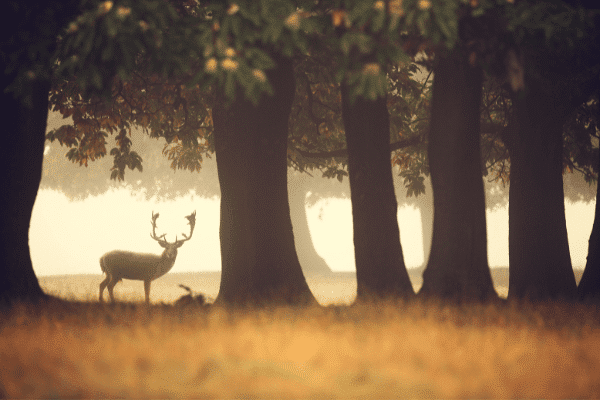
Scotland’s recreational deer stalkers left out in the cold
Scotland’s deer population is estimated to be in excess of one million, but many trained recreational deer stalkers in Scotland struggle to access deer management opportunities.
Get information on the legal shooting season for mammals and birds in the UK.
Apply for funding for your project or make a donation today
Comprehensive information and advice from our specialist firearms team.
Everything you need to know about shotgun, rifle and airgun ammunition.
Find our up-to-date information, advice and links to government resources.
Everything you need to know on firearms law and licensing.
All the latest news and advice on general licences and how they affect you.
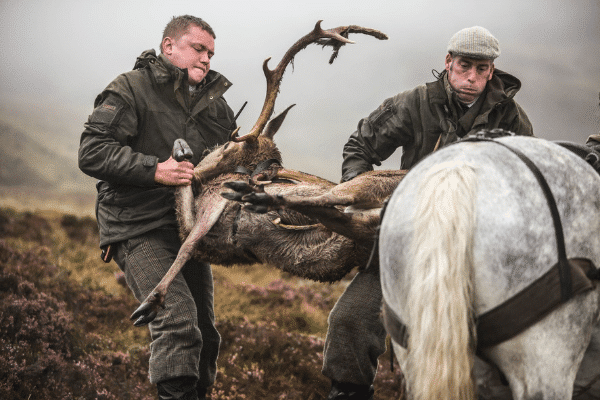
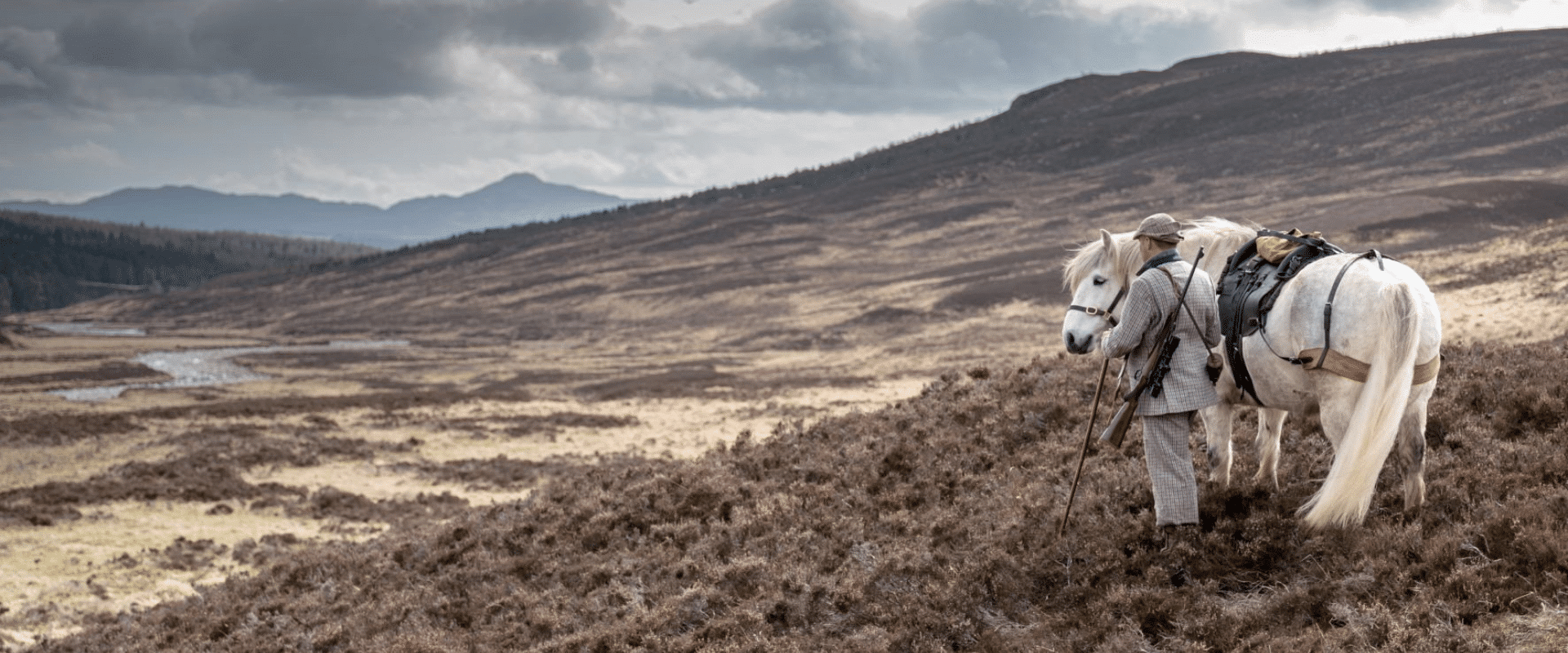
ATV’s may be quicker at getting deer off the hill, but there is certainly still a place for the wonderful Highland pony, as Susan Laing of Dalnacardoch Estate and Sylvia Ormiston of Balmoral Castle explain, courtesy of Fieldsports Journal.
Who would have thought that Scotland’s native Highland pony would have influenced our lives the way they have, from loving them as a trekking pony in our very early years to being the very reason we get up in the morning and our full-time occupation?
Between us we have bred and produced countless Highland ponies for Atholl, Meggernie, Dalnacardoch and Balmoral Estates. Our main objective, “To breed the hardy and sensible-brained pony” to fulfil their task as a working hill pony.
The breed evolved in the 16th century as a traditional work pony and has seen action in the military, forestry and sporting role. They were the mainstay of the croft: working all week in the field, then pulling the family carriage to church on a Sunday. Living off the most meagre grass or hill pasture this pony is a natural good doer, growing a double winter coat enabling them to endure all weathers. Their gentle nature makes them a super children’s pony, with the size and strength to carry an adult, therefore many Scottish trekking centres are supported by this wonderful breed.
Queen Victoria’s love for the Highland pony showed over her reign with many a picture of both Her Majesty and The Prince Consort riding the ponies at Balmoral and on Atholl Estate when invited there as a guest by the Duke of Atholl.
The entry in Her Majesty’s journal of Life in the Highlands on 18 September, 1842 says: “We set off onthe ponies to go up one of the hills, Albert riding the dun pony and I the grey, attended only by Sandy McAra in his highland dress. We went out by the back way across the ford, Sandy leading my pony and Albert following closely, the water reaching above Sandy’s knees.”
Selecting a suitable stallion to breed with your mare and subsequently producing a live and healthy foal is just the beginning of an extremely long and sensitive process.
The time spent handling them in their early days and years, in a loving and caring way, is paramount to their future as part of your working relationship. Gaining their trust and respect is a must to build a strong bond, but likewise you must trust and respect them.
A way to the Highland pony heart tends to be through food as reward, and the training process can be simplified by having a pocket full of cut carrot. Having bred your foal, trained it through until adulthood, and had it carry its first beast off the hill has got to be the most rewarding part of the job.
However, all of this time and effort can be undone in just one moment, a fully trained pony can be ruined by simply not preparing load or offload correctly.
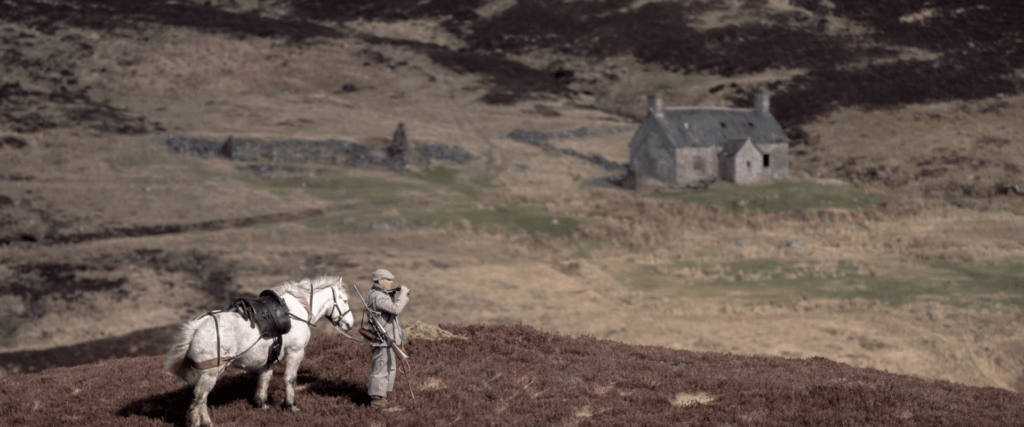
The old saying, ‘Fail to prepare, prepare to fail’, could not be more appropriate.
Training the pony to carry deer starts from a foal on its mother, and some estates still use the brood mare to work on the hill with its foal at foot.
Working in this way the foal will learn to walk the terrain and to remain calm in the presence of its mother when meeting a deer carcass for the first time. The smell of blood can be scary for most herbivores so it is unnatural for them to want to go to the smell, never mind have it placed on their back where they can’t escape it.
Where the foal does not get such an advantage by going to the hill with mum, it can be introduced to the deer by simply placing a fresh deer skin in the field with the pony. This is the stage when you will discover if this pony is going to suit the job or not.
If the curiosity gets the better of the young Highland it will come over to the skin and actually start to dig it, lick it and they have even been seen to be playing with it and throwing it around by carrying it in their mouths. This is when you know you are not wasting your time and your training can begin.
We will lay skins over a young pony’s back and have them stand still every time the skin is loaded and removed. A great start to their preparation, and they are rewarded every time.
This exercise will be repeated in various ways over time by bulking out the skin as the pony gets older until they are ready to take a rider. We tend to back our ponies to ride before they are expected to do the hill job as it helps them desensitise to moving weight and heavier loads.
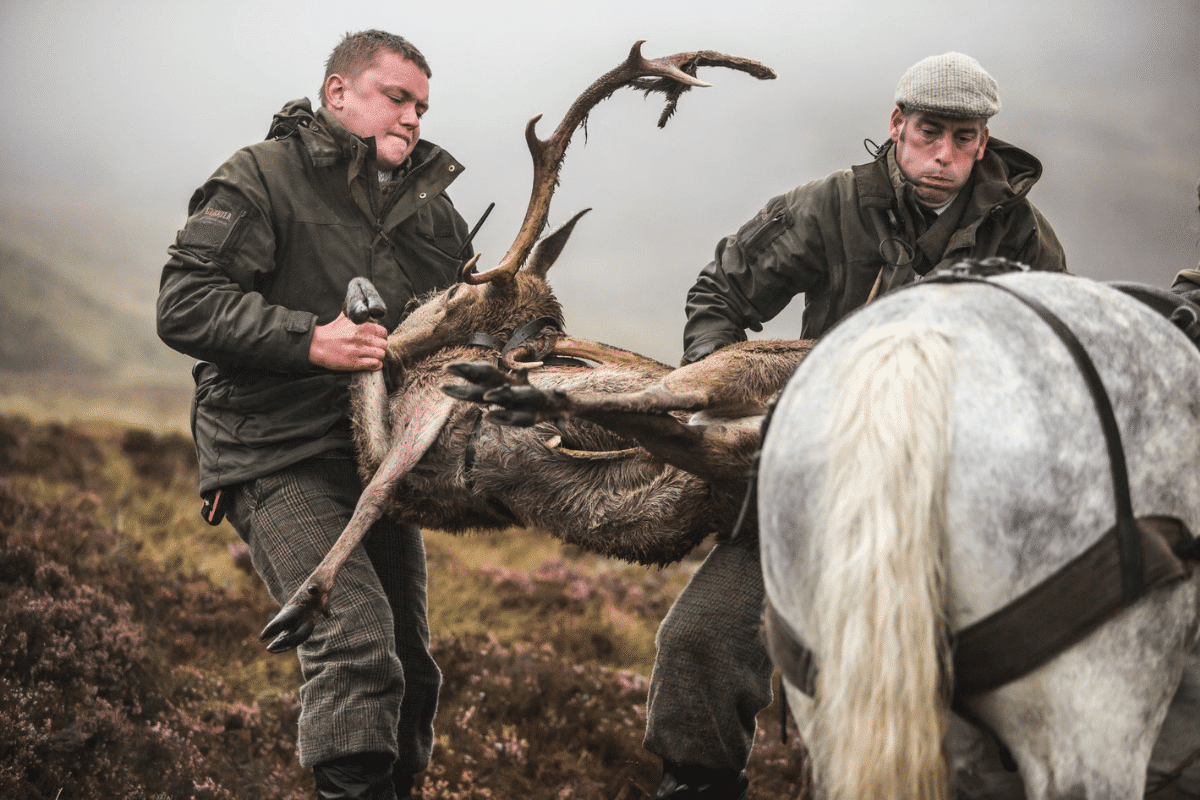
In the past most estates would have used ponies to carry their deer from the hill, but with the advance of the machine a lot have turned to ATVs such as quad bikes and Argocats.
With the reduction of staff (pony men) and not having the skill set to produce the ponies to work, it then seemed to be the only alternative.
However, vehicles can damage and scar the hill which could encourage unnatural erosion and there are still parts of the hill that cannot be accessed by any machine – this is where the pony excels and takes the strain.
The machine can go quicker than the pony, the machine can carry more weight than the pony, but there is no better sight for a stalking guest to see their quarry being carried off the hill on a strong, sure-footed Highland pony. Of course, both machine and pony have their place in this day and age.
Keeping a pony happy and comfortable in their work is not just about making sure they are fit and able for the job, but also ensuring their equipment is fit for purpose.
Whilst working with these ponies over the years we have always been on the lookout for a saddle that’s much simpler and fits several ponies, not just one.
The old deer saddles do a job well if they fit the pony, but with its very rigid structure they often don’t. We spent so much time and effort trying to adapt the old saddle but were getting nowhere, and we would have stalkers complaining that ‘the ponies won’t stand to carry’, ‘these saddles keep slipping’, ‘the ponies are getting sores because we are having to tighten the girth so much to hold the saddle on’. It’s akin to walking out on the hill with a pair of boots that don’t fit you properly.
First you get blisters, you get home and take the boots off, you get up the next day and you put the same ill-fitting boots on and walk another day on the hill. Before long you can’t walk anymore. This is exactly how a pony felt week after week during the stalking season.
We knew we had to make a change, and in order to go forwards we had to go backwards.
The idea of transforming pre-First World War pack saddle came to the fore, and after various adjustments we have created a very versatile saddle that is almost ‘one size fits all’ which is now available and on the market.
The saddle sits in closer contact to the pony, it has a much deeper side panel, and the arches front and back are hinged to fit around the pony as opposed to sitting on top of it.
This in turn means that when the stag is loaded it also sits around the pony rather than sitting precariously on top.
The load is much more balanced, the saddle is more secure without having to tighten it so much that the pony can’t breathe, and the burden is carried home without incident.
Together with the new saddle, we have evolved a new humane girthing system which works like a weightlifter’s belt which disperses the pressure more evenly when the load is being carried. The result is a happy pony and a happy stalker!
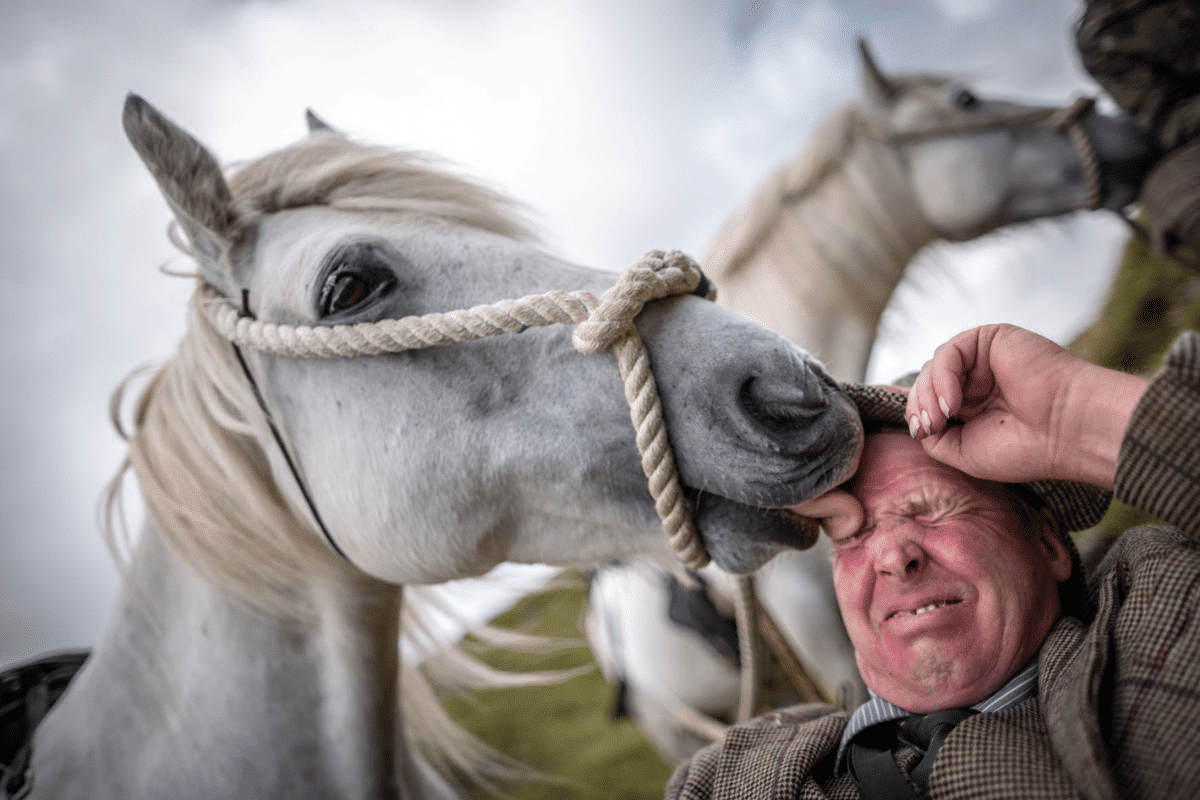
One of the most memorable stalking ponies for us both haste be the one called Atholl (21/04/1995 – 07/12/2018) who spent his life on Dalnacardoch. Bred from an unregistered mare from Garve and the stallion Atholl Tilt who stood at stud at Blair Castle in the early 1990s until 2004.
A small, stocky grey, Atholl had the most exceptional temperament and a brain that taught many a seasonal ghillie their job and gave them the education to then goon to be stalkers using ponies themselves.
He had his own pace on the hill no matter how encouraged he was by the ghillie to go faster, and he had a humour that was often infuriating to those taking him on the rope. He would cross the heather in the most precise, surefooted Highland pony way.
This legend of a pony had his photograph taken by many and featured in various sporting magazines and hunting videos across the various countries, along with a marvellous portrait which followed with prints and cards.
The Highland pony is supported and protected by The Highland Pony Society who have a membership base of1,600. The Highland pony is also supported by the Rare Breeds Survival Trust as a ‘vulnerable’ breed on their watch list.
This popular and versatile breed is highly sought after, and we are constantly being contacted by folk looking to buy a ridden mare or gelding between the age of 5 and 8 who are safe in traffic and bomb-proof for the whole family.
The demand often outweighs the supply and as breeders we feel constantly under pressure to keep the breeding wheel turning.
We also have regular enquires from estates looking for fully trained hill ponies as they are like hen’s teeth!
Once you have a Highland pony in your life they don’t tend to leave, and once the pony is established on an Estate it will spend the rest of its life there. We must look after this mini draught horse and encourage their survival for the next generation to enjoy.
This article first appeared in the April edition of Fieldsports Journal. BASC members receive a 20% discount on subscriptions. Use code BASC20 at checkout.
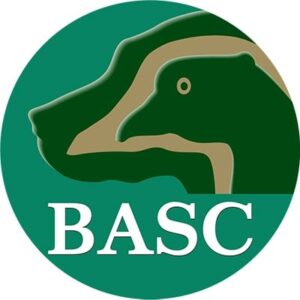

Scotland’s deer population is estimated to be in excess of one million, but many trained recreational deer stalkers in Scotland struggle to access deer management opportunities.
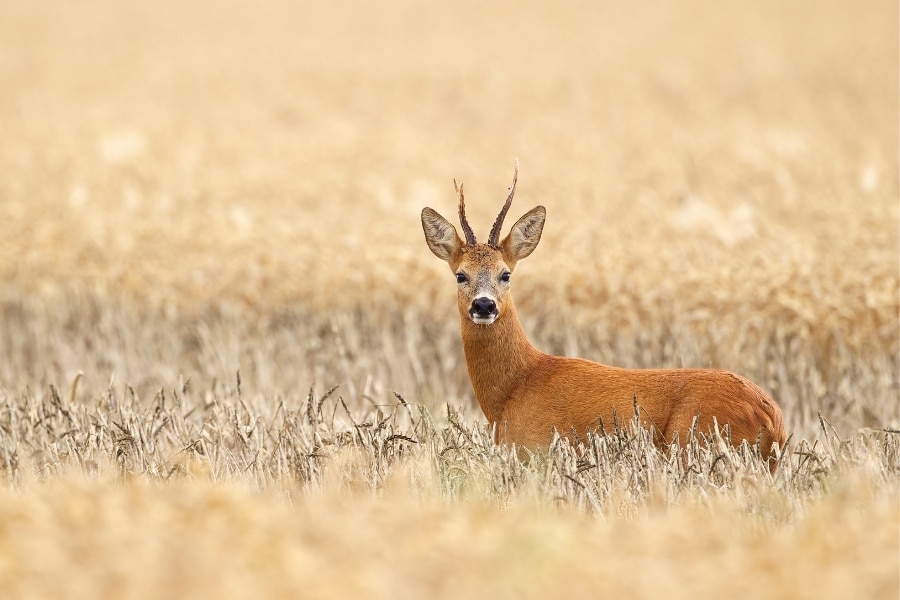
Applications opened this week for the British Quality Wild Venison (BQWV) standard, in a drive to build resilience and buyer confidence in the wild venison market.
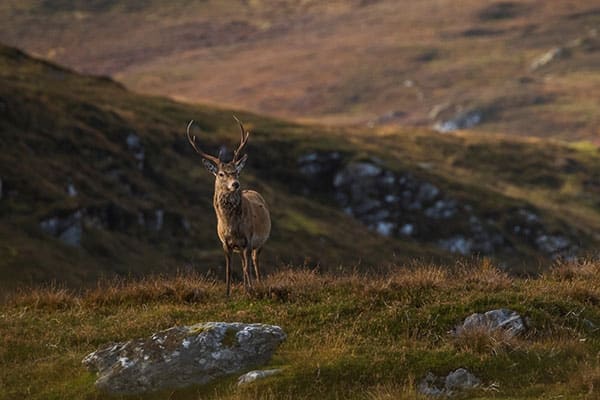
Read our open letter to the Scottish Animal Welfare Commission following the Scottish Government’s response to the deer working group project.